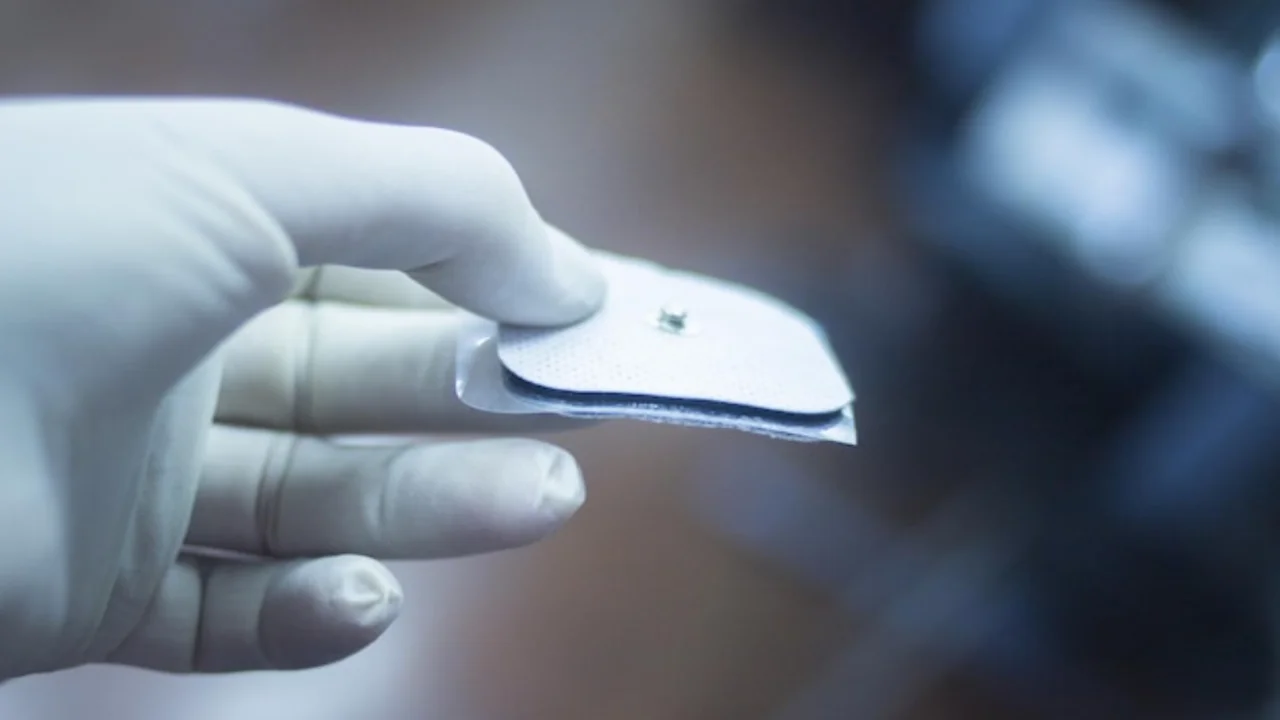Why this launch matters
Google’s Quantum AI team has unveiled Willow, a state-of-the-art superconducting processor that moves quantum computing from lab demos toward practical machines. The key leap is not raw qubit count alone. It is error behavior as the system scales. On Willow, error-corrected qubits improve exponentially with size, crossing the long pursued threshold where adding more qubits actually makes results more reliable. This is the inflection point engineers have been chasing for years.
What Willow is
Willow is a next generation superconducting quantum chip built to demonstrate scalable error correction and stable logical qubits. Reports and a Google explainer describe a processor capable of running circuits that classical supercomputers cannot feasibly emulate within the age of the universe. In a headline benchmark, a computation finished in minutes rather than astronomical timescales for classical machines. The message is not merely speed. It is controlled fidelity at scale.
Under the hood
Willow integrates over one hundred physical qubits with improvements across fabrication, calibration, and noise isolation. The milestone showcased in a Nature paper is operation below the surface code threshold. Below this line, logical error rates drop as engineers add more qubits to the code. Above it, more qubits only make things worse. Reaching the below threshold regime is what makes large scale error correction a credible roadmap rather than a hope.
Why the threshold matters
Quantum bits are fragile. Temperature fluctuations, cross-talk, and imperfect gates inject mistakes that quickly swamp results. Error correction encodes one reliable logical qubit from many noisy physical qubits. If each physical component is just good enough, then the combined system suppresses errors exponentially. That exponential suppression is the door to useful machines for chemistry, materials, optimization, and certain cryptographic primitives in the future.
What Willow is not
Despite the eye-catching benchmark, Willow is not a code-breaking engine today. Experts point out that breaking modern public key cryptography would require millions of high fidelity physical qubits plus deep error correction stacks. Google’s own researchers emphasize that the field is years away from such capabilities and that migration to quantum safe cryptography is already underway. Good news. NIST has standardized post-quantum algorithms and industry adoption is accelerating.
Timelines and expectations
Google leaders suggest a five year horizon for first practical quantum applications that clearly outpace classical methods in targeted domains. Early wins will likely center on physics simulations, advanced materials, and specialized optimization rather than general purpose workloads. Progress will be stepwise. Better coherence. Better gates. Larger codes. Tighter integration with classical control and cloud orchestration.
How it could be used
Drug discovery and materials
Quantum simulation of molecular systems could shrink design cycles for catalysts, batteries, and pharmaceuticals. Willow’s below threshold operation makes it more plausible to run deeper circuits that capture complex electron interactions. Universities and labs are already sketching workflows that combine classical precomputations with compact quantum kernels.
Optimization and finance
Certain optimization routines can be reframed as quantum circuits that search large solution spaces more efficiently. The most promising near term approach blends classical heuristics with small logical qubit registers, using quantum only where it helps. As chips like Willow improve, these hybrid solvers will gain depth and reliability.
AI and data pipelines
Speculation around AI acceleration should be tempered. Still, there are credible paths such as sampling, generative modeling for scientific data, and kernel methods where quantum resources might offer advantage. Any benefit will depend on stable logical qubits and error budgets that Willow style chips aim to deliver.
Competitive context
The broader ecosystem is heating up. Rivals are announcing new devices and roadmaps, and investors are funding quantum software and security stacks that expect better hardware soon. This rising tide underscores that Willow is part of a race measured by error rates, logical qubits, and reliable depth rather than slogans.
What comes next
Engineering priorities
Grow the number of high quality logical qubits
Extend coherent circuit depth
Improve cryogenic packaging and control electronics
Automate calibration and verification for thousand qubit era systems
Each improvement compounds the rest. As error budgets shrink, more ambitious algorithms become possible. As algorithms get bolder, they stress the stack and force further refinements. This flywheel is the path from breakthrough demo to dependable utility.
Bottom line
Willow does not make quantum computing finished. It makes it real. A processor operating below the error correction threshold with evidence of unambiguous classical intractability is a durable milestone. From here, the to-do list is clear. More stable qubits. Deeper circuits. Better codes. Practical applications. The field now has a working template for how to get there.
